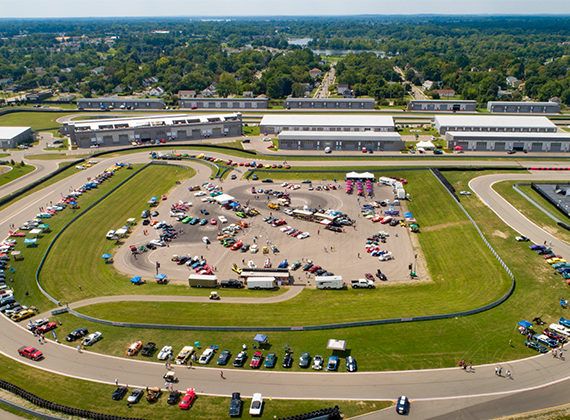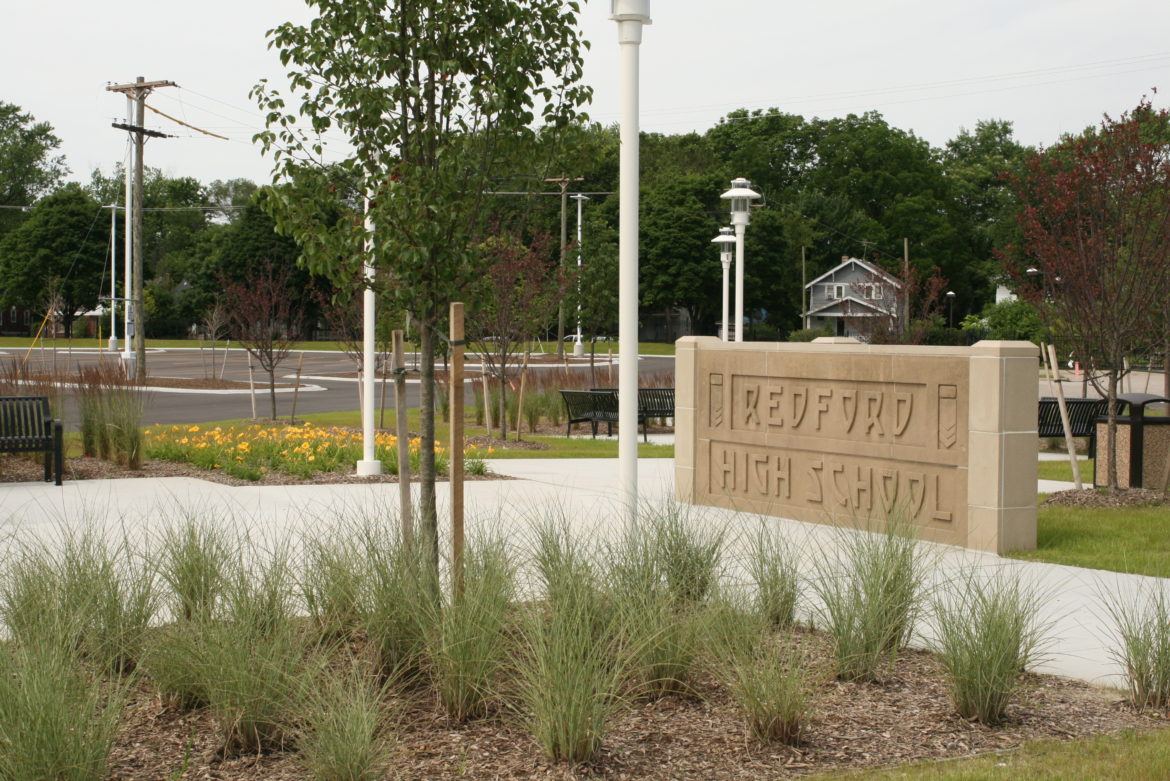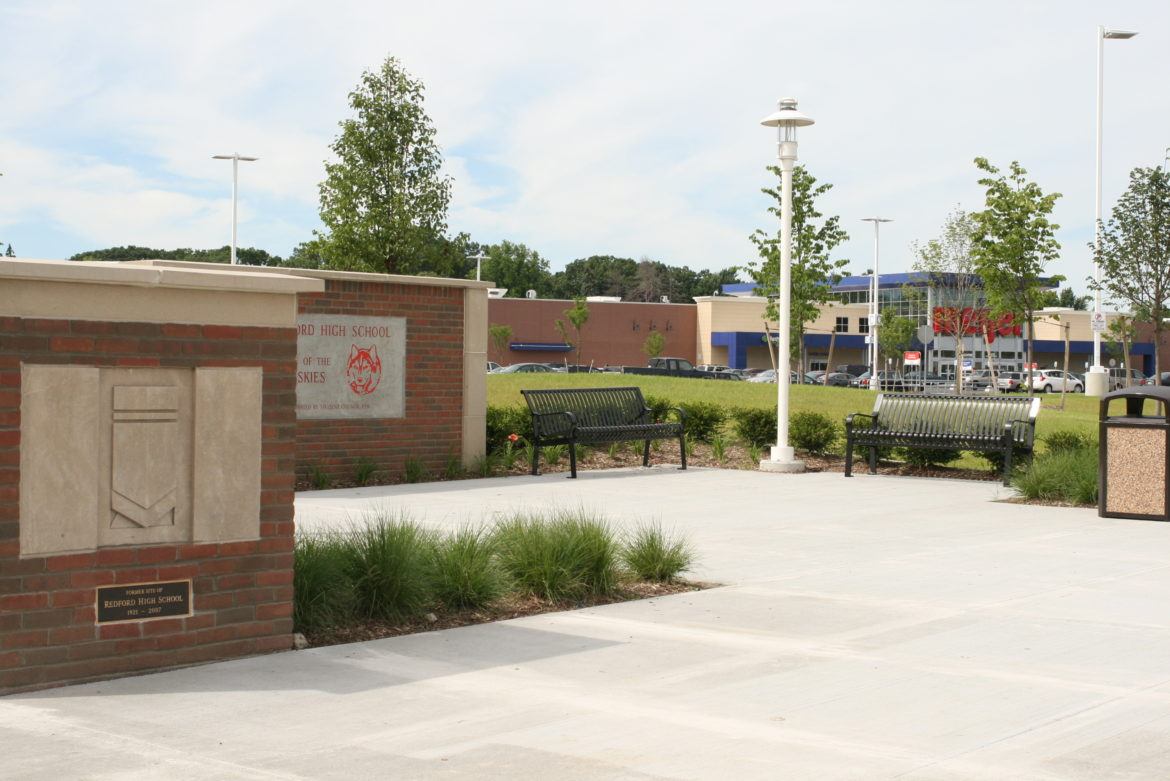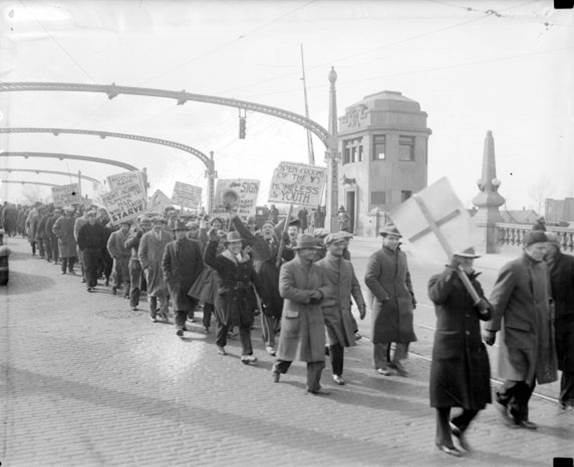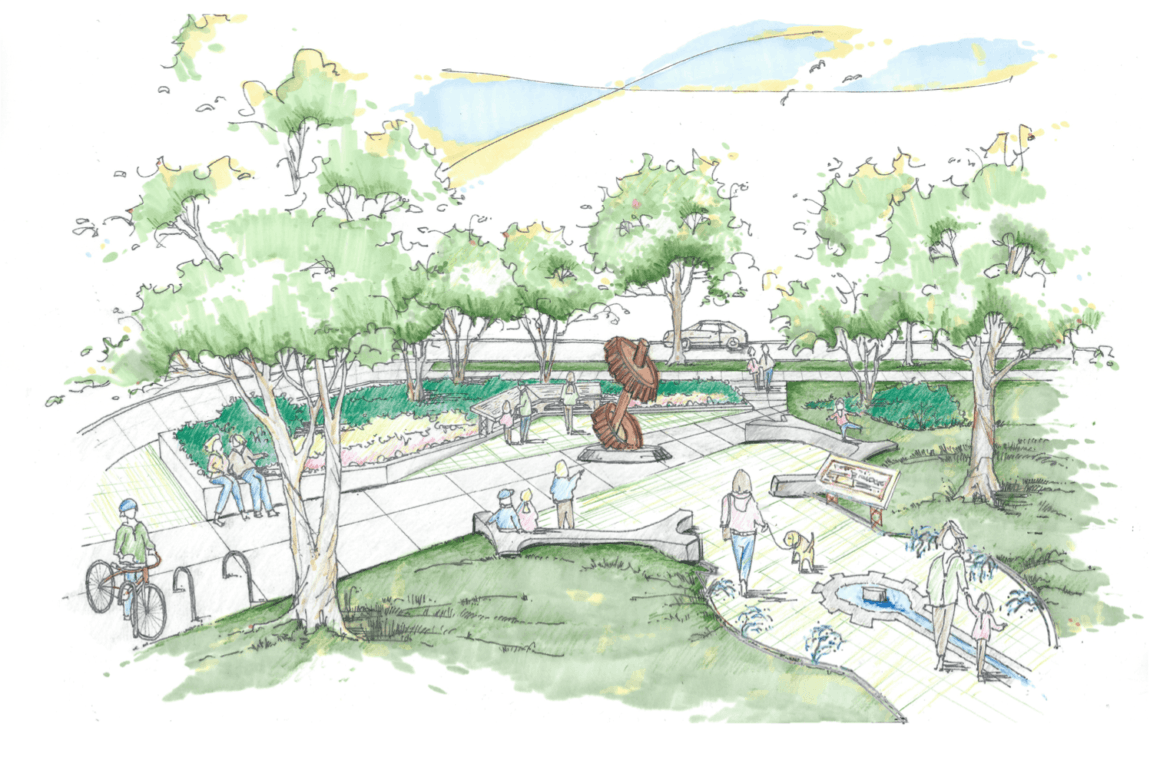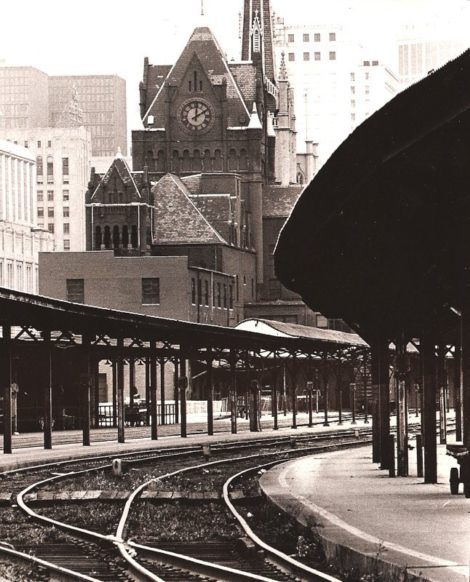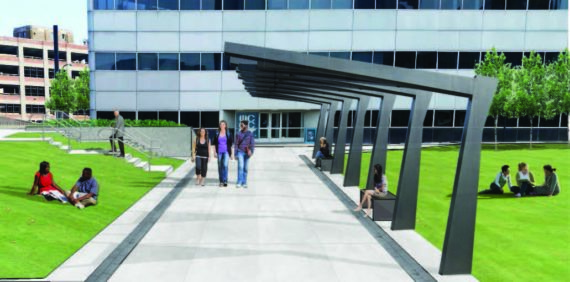As the City of Detroit continues down the path of redevelopment, there is a growing concern that history may be lost amongst the blooms of new growth. As Detroit moves forward, the architecture of its past must be preserved so that residents of today and generations to come will understand the historical significance of sites undergoing redevelopment. This preservation will be beneficial for residents and give meaning to the new growth, which will tie the past into the future.
Major cultural landmarks such as schools, arenas, factories as well as entire neighborhoods are being redeveloped. This dramatic change is positive; yet there is a desire to honor the past and a strong sense of nostalgia from local residents. A few recent projects completed by PEA celebrate Detroit history while offering a completely new land use.
Former Redford High School
Design treatments at the former Redford High School represents a fine example of celebrating the historic use of a site. Redford High School was opened in 1921 and served Detroit until 2007 when it was closed due to financial hardship in the school district. This high school was once considered “The jewel of the district,” by Charles Pratt of the Detroit Free Press. Many alumni and local residents were dismayed by the closure. In 2012, the building was demolished to make place for a new Meijer store. Despite the great need in the community for new retail and grocery services that Meijer provided, there was still a sense of loss in the community when the school building was razed.
To celebrate the history of the site, the landscape architects on the Meijer project researched the available relicts from the former school building and were able to incorporate numerous artifacts into the site design to acknowledge the historic use of the property:
- The sign that stood over the high school’s main entrance for 91 years was incorporated into wall within a plaza serving as a pocket park for the surrounding residential community.
- Chevron panels that were familiar details on the old school to local residents were incorporated into ornamental piers surrounding the property and are now highly visible elements of the new Meijer site.
- A prominent new plaza along Grand River Avenue has a commemorative sign that once stood in the former school lobby. The sign now marks the historic use of the site, while the plaza provides a public space and a much-needed new bus stop.
Shortly after the project was completed, project designers witnessed Redford High School alumni taking self-photos backdropped by the old school sign. This memorable, school remnant gives the new development a sense of historic importance valued by local residents.
